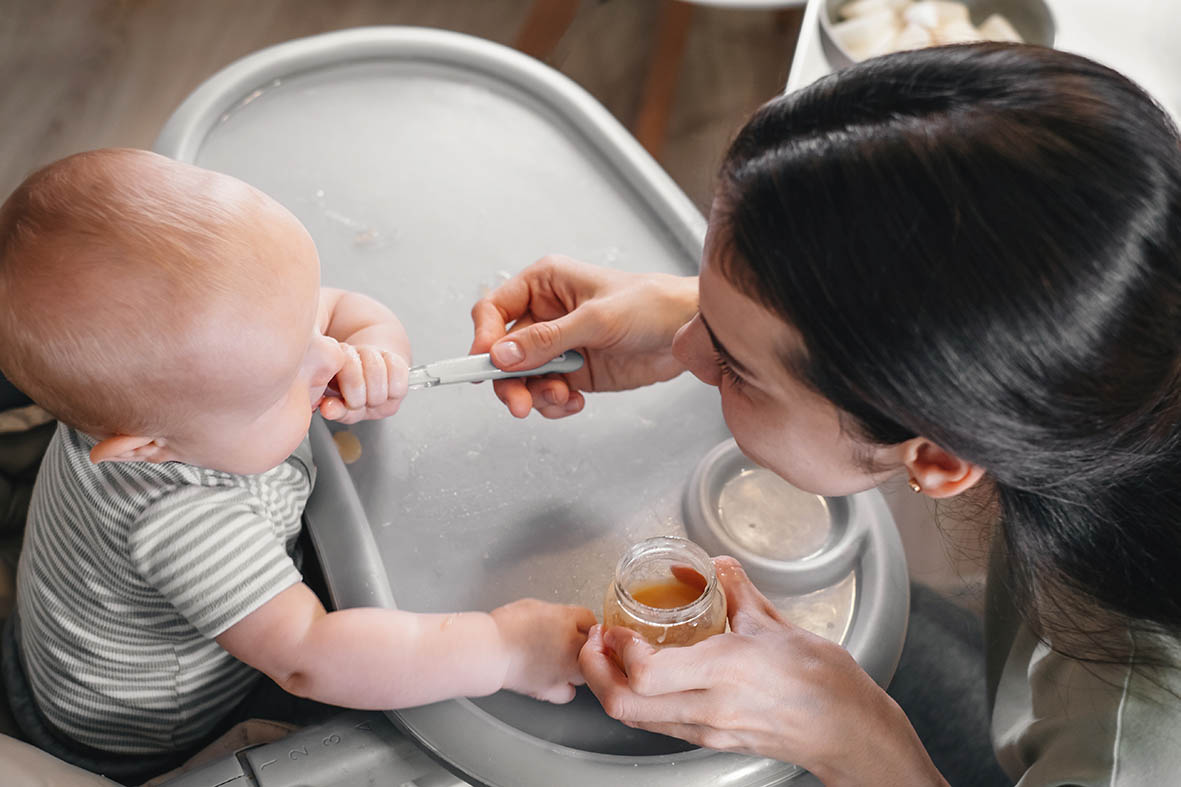When it comes to feeding babies complementary foods, many mothers believe that finer textures are better for digestion and overall development. However, this is not entirely true. Here's why:

Digestive Ability: Fine to Coarse Texture Progression
Complementary foods should gradually progress from fine to coarse textures based on the baby's age, starting with juices, then moving to pastes, minced foods, and eventually lumps. Too fine foods do not effectively exercise the baby's gastrointestinal tract, which can lead to constipation when consumed for a prolonged period.
Chewing Ability: Importance of Exercising Jaw Muscles
Chewing ability is crucial for babies' overall development, including oral motor skills. Some babies may struggle with crumbly foods if their early complementary foods were too delicate and lacked texture. Poor chewing ability can lead to dry vomiting and refusal to eat, as well as affect swallowing.

Language Development: Role of Oral Sphincter Development
Chewing promotes the development of the oral sphincter, which in turn affects language development. Babies who have well-developed oral sphincters are more likely to have accurate pronunciation and start expressing their wishes in clear language at an earlier age. Fine textures in complementary foods may hinder the development of the oral sphincter and delay language development.
In conclusion, it's important to understand that overly fine textures in complementary foods may not be beneficial for your baby's digestive ability, chewing ability, and language development. Gradually progressing from fine to coarse textures can help promote healthy development in these areas.